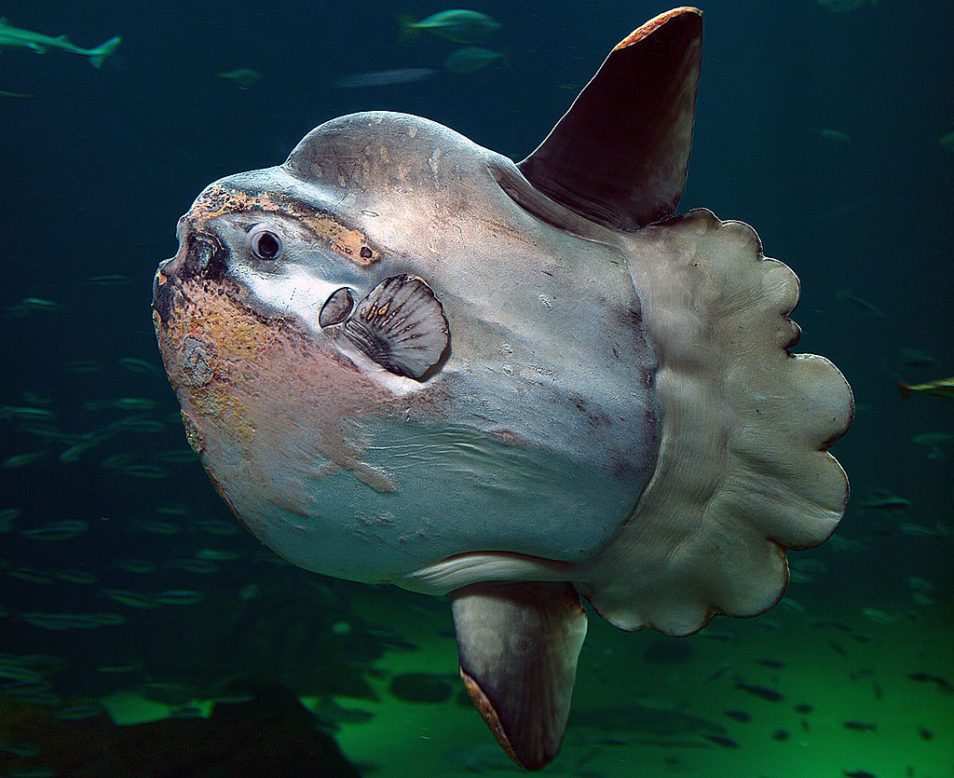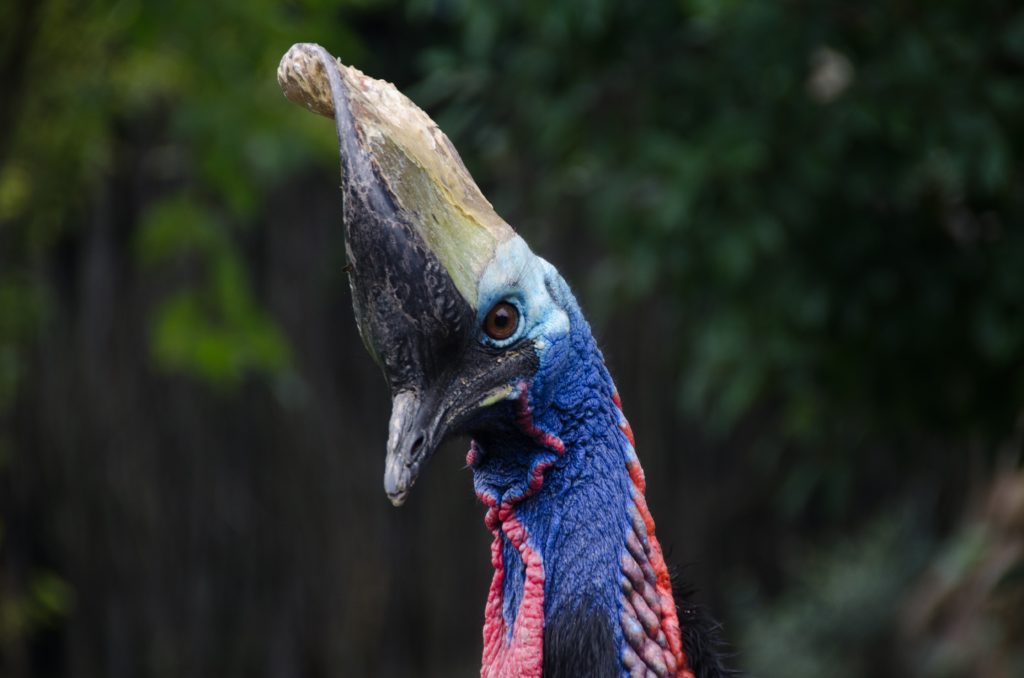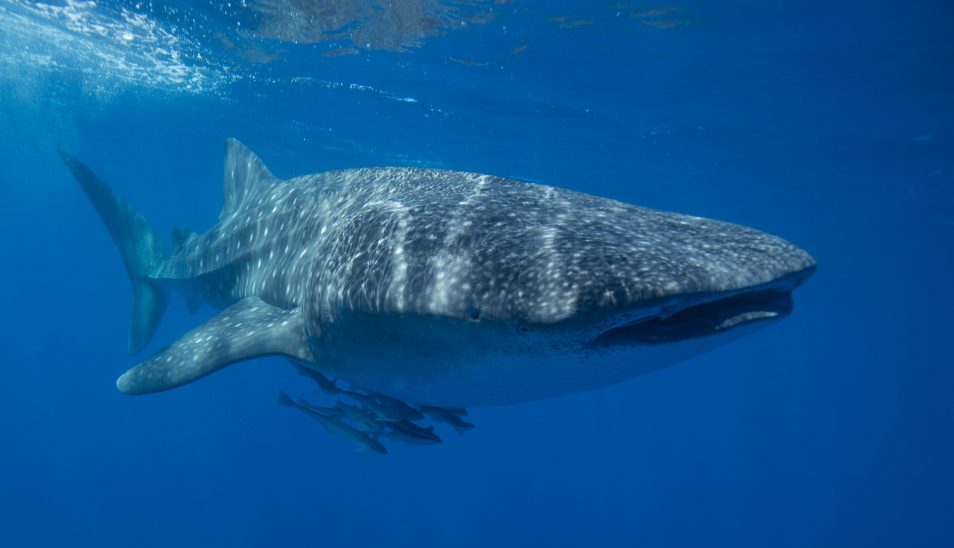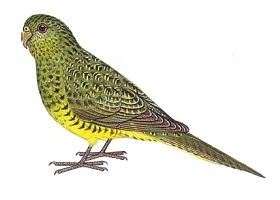We’re starting to feel the effects of social distancing. There are only so many video calls, online movie nights, and free courses a person can take without getting cabin fever. So, we’ve decided to take inspiration from our animal friends.
But who’s the best? Well, gather round! We’ve held the world’s greatest competition to find out the champion of social distancing. And boy, it was a doozy.
We’ve got the help of David Westcott and Eric Vanderduys, zoologists with Land and Water, to comment on how certain animals socially isolate themselves.
So, hold onto your Ugg boots and pyjamas – here are the five world champions of social distancing!

Winners are grinners! And the ocean sunfish is definitely worth its gold medal finish.
1. Ocean sunfish
This is our pick for number one. And with good reason.
The ocean sunfish (Mola mola) looks a bit different to your regular fish – it’s the world’s heaviest bony fish. First, it doesn’t have a tail fin. Instead, it has a clavus – it’s a rudder-like fin that is an extension of the back fin and anal fin rays. This makes it as tall as it is long. Their skeleton is made from cartilage and their teeth in each jaw are fused to form a plate, making their mouth extremely small in comparison to their body size. They swim by moving their back and anal fins in the same direction at the same time.
The ocean sunfish is number one on the list because of how strictly they enforce social distancing. They are a very solitary fish, only meeting a fellow sunfish maybe once a year. If you do see them with other fish, you’ve witnessed a gathering for breeding and cleaning.
Sunfish make up for their loneliness by having what is believed to be the greatest potential reproductive output for a single animal in a year. It’s estimated at up to 300,000,000 eggs per adults female. It seems that’s the only way they have a chance of making more introverts.
If you’re interested in knowing where ocean sunfishes are, they’re found in temperate ocean waters. In Australia, you can find them in the southern coasts. Think the Central Coast in New South Wales down. But David has seen them in the waters off Indonesia between Lombok and Bali in October.

Number two is the southern cassowary. IMAGE: Luca Ambrosi
2. Cassowary
Number two in the list is the humble cassowary. You might know it as a couple of things – the heaviest flightless bird and the most dangerous bird in the world.
The Southern Cassowary (Casuarius casuarius) is the cassowary you know best. It’s known for its silky black plumage, large grey helmet (known as a casque) and the red wattle hanging from its neck. They’re also known for their huge claws which they’re happy to use on an unsuspecting intruder.
But did you know it has its own permanent #nonewfriends mantra?
“They are very good social distancers. Cassowaries don’t hang around in groups except when the males have their chicks with them,” David said.
“Cassowaries might court for a couple of weeks, then the males stay with the chicks for a year as a family group until the female comes back and kicks out the kids.”
“The only time you might see them together is when there is lots of food in the same place.”
The Southern Cassowary is found in the dense rainforests of Far North Queensland and Cape York.

Our favourite cutie comes in third for their social distancing.
3. Wombat
If you’re a fan of our regular #WombatWednesday on our socials, you’d be very familiar with our wombat friends. But did you know they’re also masters in being physically distant from each other?
There are three species of wombats – the bare nosed wombat, aka the common wombat, and the northern and southern hairy-nosed wombats. But the common wombat (Vombatus ursinus) is best known for being solitary.
Common wombats live in their burrows by themselves. This wombat species also spends most of its time alone and is extremely territorial. Each common wombat has an established range where it lives and feeds. They dig a tunnel system in their allocated area. Tunnels usually range from two-to-20 metres in length with a range of side tunnels. Their tunnel labyrinth only has one main entrance, but they may create a smaller entrance to escape.
Common wombats are found in the cooler and better-watered parts of southern and eastern Australia. This includes Tasmania, mountain districts and southern Queensland.

It’s a bird, it’s a plane. No, it’s our fourth place – the whale shark! Image: CSIRO / Richard Pillans.
4. Whale shark
There are plenty of fish in the sea. But when was the last time you thought about the largest one?
Whale sharks (Rhincodon typos) are generally found in tropical and subtropical oceans. You can identify them by their greyish – bluish colouration on their dorsal surface (towards the back of their body). They also have a pattern of white stripes and spots. And like most open sea species, they have a white belly. Their spots and stripes are like our fingerprint – they’re unique to each whale shark and help us identify each individual whale shark.
Whale sharks are solitary creatures. These introverts spend most of their time in their own company and feeding near the ocean’s surface.
They only interact with other whale sharks when they share feeding locations with heaps of food (such as Ningaloo Reef in Western Australia). It’s also extremely rare to see them do anything else, including mate. Trust us, we’d know.
Scientists are still trying to understand more about the social (or antisocial) habits of whale sharks. Here at CSIRO, we’re looking at how they move and how many there are. We can do this because they all congregate at Ningaloo Reef at this time of year, making it possible to sample them.

The night parrot is so elusive we don’t have a photo of it!
5. Night parrot
Night parrots (Pezoporus occidentalis) are chunky, grass-feeding, parrots that are found in spinifex country in the deserts of central and western Australia. They live in small family groups that are widely spaced in a suitable desert habitat. They feed primarily on grass seeds and herbs and are never far from water.
Night parrots socially isolate so extremely that for nearly 70 years we thought they were extinct! And even now, the distance between groups suggests that even family visits almost never occur.
Did we miss out on your solitary favourite? Let us know in the comments below!

